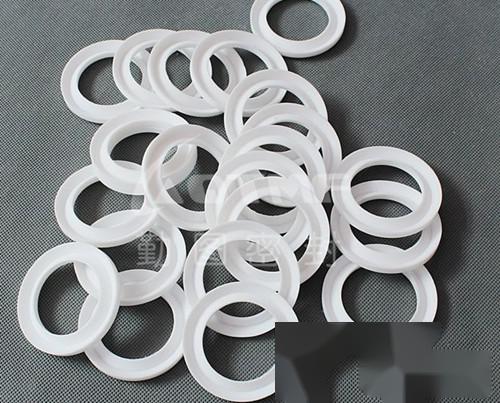The selection of packing primarily considers the working temperature, sealing effect, friction, service life, etc. The requirements for packing are:
● It should have certain plasticity, generating a certain radial force under the action of compressive force and tightly contacting the valve stem.
● It should have sufficient chemical stability, not contaminating the medium, not swelling in the medium, not dissolving the impregnating agent in the packing, and not corroding the sealing surface itself.
● It should have good self-lubricating properties, be wear-resistant, and have a low friction coefficient.
● When there is slight eccentricity in the valve stem, the packing should have sufficient floating elasticity.
● It should be easy to manufacture and install.
The selected packing can be made of a single material, such as widely used polytetrafluoroethylene (PTFE) or graphite (flake/filament), or composite materials like PTFE-graphite, PTFE with fibers, PTFE with carbides, asbestos-graphite, as well as reinforced types like PDR0.8 with carbides and asbestos, carbon fiber composite PEEK, acetal ACETAL, and ultra-high molecular weight polyethylene UHMWPE. The packing can be made into ring shapes (machined or pressed) or filamentous (woven) forms. The formed ring packing has good sealing performance but is a bit more complicated to install. If it is an open ring, although it is easier to install, it requires aligning the notch and being placed open, resulting in a poorer sealing effect.
PTFE has good lubricity, excellent chemical corrosion resistance, a low friction coefficient, and a wide working temperature range, generally used below 230℃. It is usually made into V-shaped rings, with V-shaped processing formed in 60° (general occasions) and 90° (high-pressure occasions) structures. When the working temperature exceeds 230℃, graphite packing should be selected, or an extended valve cover should be chosen. The different combinations of packing materials and types allow for broader applications.













